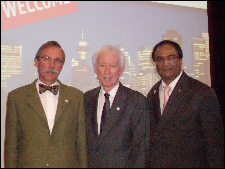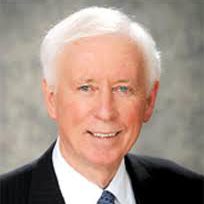A Grim Reality – Violence in the Health Sector
I am here in Vancouver, Canada attending a conference on a subject that is as grim as it is real – violence in the health sector. As a measure of the growing importance health care workers attach to this, there are 482 in attendance from 43 countries around the world making 180 presentations during the three-day meeting.

The World Medical Association is a supporting organization for this third International Conference on Violence in the Health Sector and Mukesh Haikerwal, Chair of WMA Council, gave the opening keynote presentation. Dr. Haikerwal’s presentation was insightful and informative and detailed the extent of the problem and the WMA’s policy and recommendations for responding. Dr. Dana Hanson, former WMA president, is also here and a member of the scientific committee for the meeting.
The presentations I have heard at this point half way through the conference represent a rich variety of reports on the extent of the problem (worldwide), potential solutions (many), extensive research on the nature of the problem (impressive) and personal stories that put a gripping, moving human face to the realities of this violence.
Work related aggression and violence in the health and social services sector is a major problem which diminishes the quality of working life for staff, compromises organizational effectiveness and ultimately impacts negatively on the provision and quality of care.
The aims of this conference are:
- To sensitize stakeholders to the issue of violence in the health care sector
- To understand the manifestations and the human, professional and economic implications of violence in the health care sector
- To promote effective sustainable initiatives and strategies to create safe environments for workers and clients in the health care sector
- To present initiatives which respond to the problem, and have transferable learning for efforts in broader service and geographical contexts.
Robin M. Coupland, FRCS, of the International Committee of the Red Cross (ICRC), gave an additional keynote speech the first day. He provided an absorbing report on the ICRC’s Health Care in Danger Project. This project addresses another source of violence in the health sector – violence in areas of armed conflict. This is important groundbreaking work that I will address in a subsequent blog.
Half way through the conference I am impressed as always that problems we face are remarkably the same throughout the world – that the solutions vary based on geography, culture, political structure and ethnicity – that what works in one area may not work in another. But, that we all have much to learn from each other.

